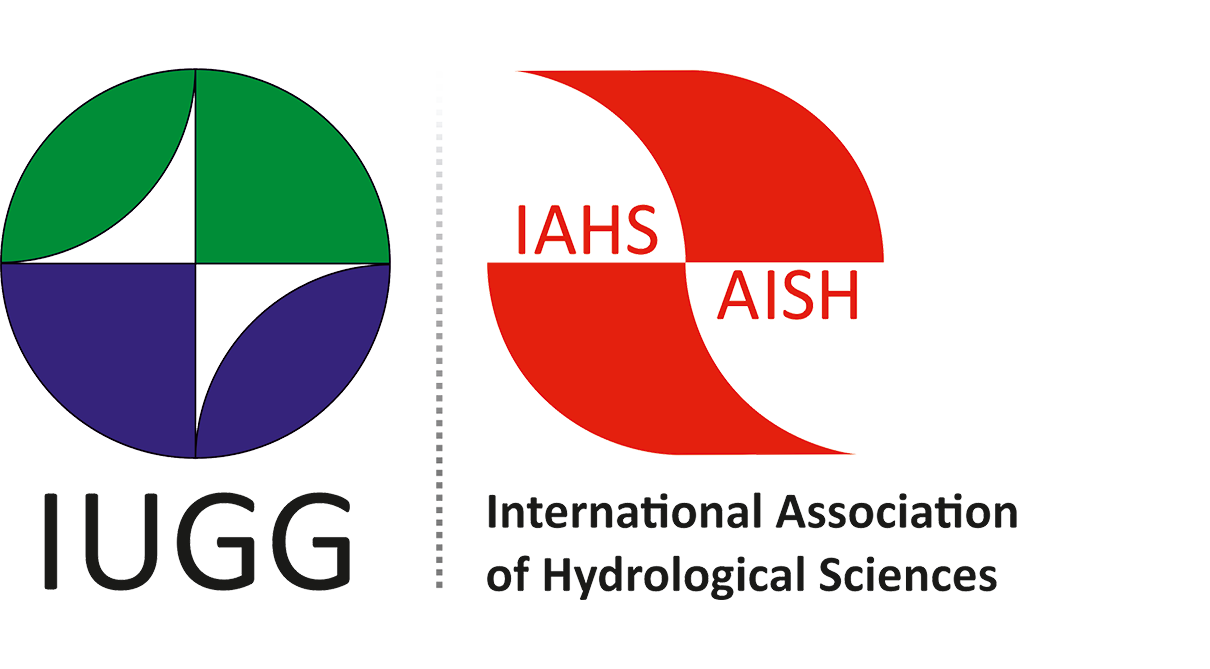IAHS News
Managing Groundwater Quality to Support Competing Human and Ecological Needs (GQ13)
Summary of GQ13 held at the University of Florida
The 8th International Association of Hydrological Sciences (IAHS) Groundwater Quality Conference (GQ13) was held at the University of Florida, J. Wayne Reitz Union, in Gainesville Florida from 21 to 26 July, 2013.
This triennial conference was hosted in the USA for the first time, and only the second time in North America. Previous GQ Conferences have been held in Tallinn, Estonia (1993), Prague, Czech Republic (1995), Tubingen, Germany (1998), Sheffield, United Kingdom (2001), Waterloo, Canada (2004), Fremantle, Australia (2007), and most recently in Zurich, Switzerland (2010).

The conference theme was Managing Groundwater Quality to Support Competing Human and Ecological Needs. A wide range of session topics were organized that included many aspects of groundwater quality that link across hydrogeologic, ecological and human interfaces. Conference participants had positive experiences both on a social and technical levels bringing them up-to-date on the latest issues related to Groundwater Quality, including the latest approaches for measuring, modelling, and managing groundwater quality. The three year period between GQ conferences allows time for advances in approaches and tools for managing our water quality challenges. The GQ conferences also provide an opportunity to build new collaborative relationships and to maintain existing contacts as well as formulate new ideas and directions for future work.

The conference kicked off with a session on Energy Storage in Geologic Formations and Biofuel Production Implications for Water Quality and a talk by Avner Vengosh of Duke University on 'Hydraulic fracturing impact on groundwater quality'. This session included talks on thermal energy storage in aquifers. The second session focused on Aquifer Recharge and Aquifer Storage and Recovery Impacts on Groundwater Quality. Henning Prommer of CSIRO gave a talk on 'Modeling the fate of arsenic during ASR of potable water'. Other sessions during the conference included Water Quality at the Groundwater-Surface Water Interface. Here Mario Schirmer of the University of Neuchatel gave a talk on 'River restoration with complex hydrological and ecological interactions'.

The main theme of the GQ3 conference was addressed in a session titled Ecological Links with Groundwater Quality and Poul Bjerg gave a talk on 'Linking groundwater contamination and stream water quality: scientific and regulatory challenges'. During the conference, the 2013 Darcy Lecture was presented. This talk was open to the University campus and drew in an additional group of about 30 students and faculty. The title of the talk was 'Managing groundwater beneath the agricultural landscape'. Two sessions were held related to Non-aqueous Phase Liquids (LNAPLS and DNAPLS) and Tissa Illangasekare from the Colorado School of Mines presented 'Vapor intrusion from entrapped NAPL sources and groundwater plumes factors contributing to uncertainty'.
 During the conference, poster sessions with plenty of food and drinks were held at the end of each day to provide time to network and establish new collaborations. Following one of the poster sessions, a group of about 30 international conference attendees walked across campus to experience American Baseball as the University of Florida Gators took on the Bulls of the University of South Florida. On the third night of the conference a group of attendees walked to a local restaurant for the traditional GQ conference dinner.
During the conference, poster sessions with plenty of food and drinks were held at the end of each day to provide time to network and establish new collaborations. Following one of the poster sessions, a group of about 30 international conference attendees walked across campus to experience American Baseball as the University of Florida Gators took on the Bulls of the University of South Florida. On the third night of the conference a group of attendees walked to a local restaurant for the traditional GQ conference dinner.
The final day of the conference saw the session on Groundwater Quality under Development Demands where Suresh Rao from Purdue University gave a talk on 'Unsustainable groundwater exploitation: converging constraints and stochastic regime shifts'. The final session was on New Measurement Methods for Quantity and Quality and Kirk Hatfield,

University of Florida, gave a talk on 'Characterizing contaminant and water flux in fractured rock systems'.
Following the technical sessions, on Friday the conference hosted a technical tour as is the tradition with GQ meetings. A group of about 40 participants from all areas of the world joined the tour. The day started with a short bus ride to Paynes Prairie Preserve State Park and a hike along the La Chua Trail. The Sweetwater stream can be seen flowing into a small sinkhole pond and directly recharging the Floridan Aquifer. Ponds and streams along the hike provided many opportunities to see alligators sunning on the banks.
The next stop was at the Cabot Koppers EPA Superfund site contaminated with creosote in a complex hydrogeologic setting with active remediation systems. During the visit we were able to see multilevel samples being collected using the Westbay System. The group also saw direct pumping of DNAPL from a recovery well recently installed on site.

The third stop on our tour was the Newberry Bat Cave. This is a facility is managed by the University of Florida Geology department and incudes a natural entrance to a karst cave (see photo). The natural entrance involves crawling and sliding through an opening about 30-cm thick to enter a large cavern that the entire group could stand in.
Our final stop was where the groundwater emerges into a clear cold water spring at Blue Spring. Here the water exits through a karst vent into a beautiful blue swimming hole. The water then flows through the spring run entering the Santa Fe River about 500 m downstream. The group hiked the boardwalk above the crystal clear water to see it merge with the tannic waters of the Santa Fe.
Mike Annable and Jim Jawitz (Conference Chairs)
